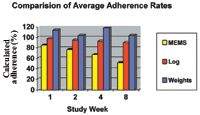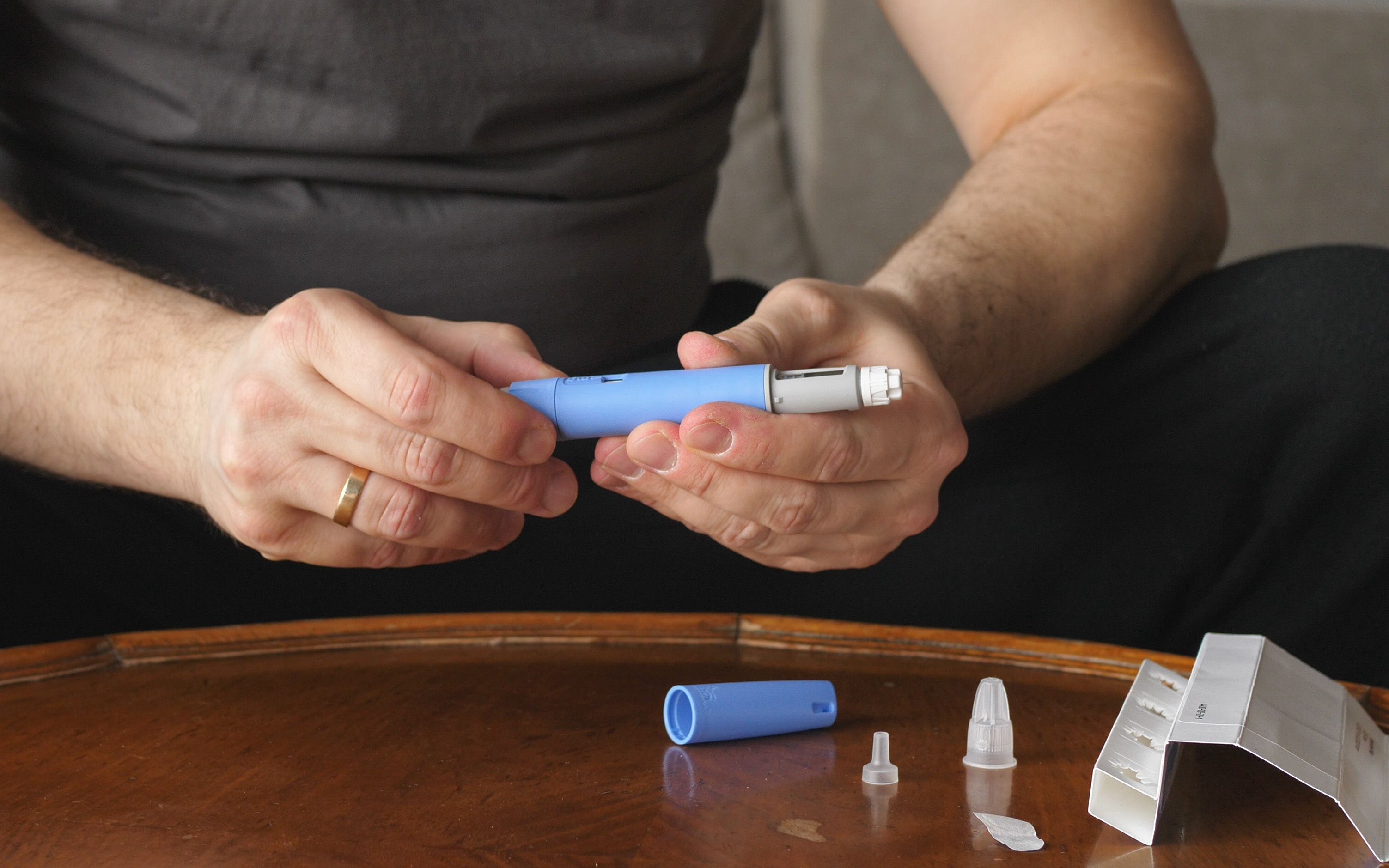- Case-Based Roundtable
- General Dermatology
- Eczema
- Chronic Hand Eczema
- Alopecia
- Aesthetics
- Vitiligo
- COVID-19
- Actinic Keratosis
- Precision Medicine and Biologics
- Rare Disease
- Wound Care
- Rosacea
- Psoriasis
- Psoriatic Arthritis
- Atopic Dermatitis
- Melasma
- NP and PA
- Skin Cancer
- Hidradenitis Suppurativa
- Drug Watch
- Pigmentary Disorders
- Acne
- Pediatric Dermatology
- Practice Management
- Prurigo Nodularis
- Buy-and-Bill
Article
Physician offers practical tips to enhance efficacy, safety of 'tried-and-true' phototherapy treatment
Option is good choice for psoriasis patients suffering moderate-to-severe plaque disease
New York - As the era of biologic treatment for psoriasis is being ushered in by many with great excitement, dermatologists should not forget that phototherapy is a viable, tried-and-true option for clearing psoriasis in patients with moderate-to-severe disease, said Jerry Bagel, M.D., at the American Academy of Dermatology Academy '04 here recently.

Appropriate candidates Appropriate candidates for phototherapy include patients with moderate-to-severe plaque disease involving over 10 percent of the body surface area and those with psoriasis of the palms and soles. Dr. Bagel prefers to initiate phototherapy with narrowband ultraviolet B light (UVB) and adds a systemic retinoid as needed to enhance the response. Broadband UVB is reserved for patients who have responded to that modality in the past, while psoralen plus ultraviolet A irradiation (PUVA) is offered along with one of the new biologics, methotrexate, or cyclosporine as a next alternative when patients fail narrowband UVB.
Maximizing efficacy Selection of the appropriate patient is also important for maximizing efficacy with each modality. Thin plaque psoriasis responds well to UVB, whereas thick, indurated plaques require acitretin and probably PUVA. When treating psoriatics with hyperkeratotic plaques, Dr. Bagel often pretreats for two weeks with the systemic retinoid prior to commencing phototherapy and continues acitretin while the patient is receiving phototherapy.
He acknowledges there is an increased risk for cancer among Caucasian patients who receive more than 150 PUVA treatments. However, Dr. Bagel believes an association with melanoma is less clear.
"PUVA got a bad rap as a result of the study by Stern et al. published in 1997 in the New England Journal of Medicine. Subsequently, however, there have been more than 20 articles showing no increase in frequency of melanoma in association with PUVA, and there has never been a study showing PUVA increases the risk of melanoma in dark-skinned individuals," says Dr. Bagel.
Practical pearls Reviewing some practical considerations for administering phototherapy, he notes that a lightbox can be outfitted with a combination of eight broadband UVB bulbs and 36 UVA bulbs to serve dual duty for broadband UVB phototherapy and PUVA. However, when delivering narrowband UVB, it is probably best to use a lightbox dedicated to that purpose.
"Broadband UVB bulbs are very high-output, and so only eight bulbs are needed, while one really needs to have all 44 bulbs to get adequate narrowband UVB output," explains Dr. Bagel.
If space is a real limiting factor, the number of bulbs in the lightbox can be divided equally between narrowband UVB and UVA bulbs. However, it will take twice as long to deliver the required dose of narrowband UVB phototherapy and almost twice as long for the UVA treatments.
Lightboxes should be air-conditioned for patient comfort. Music is also a nice option. To assure optimum dose delivery to the lower aspect of the legs, Dr. Bagel provides a stool on which patients can stand.
"Psoriasis is often more severe on the bottom part of the legs, while output is relatively lower from the bottom and top 6 inches of the phototherapy bulbs," he explains.





